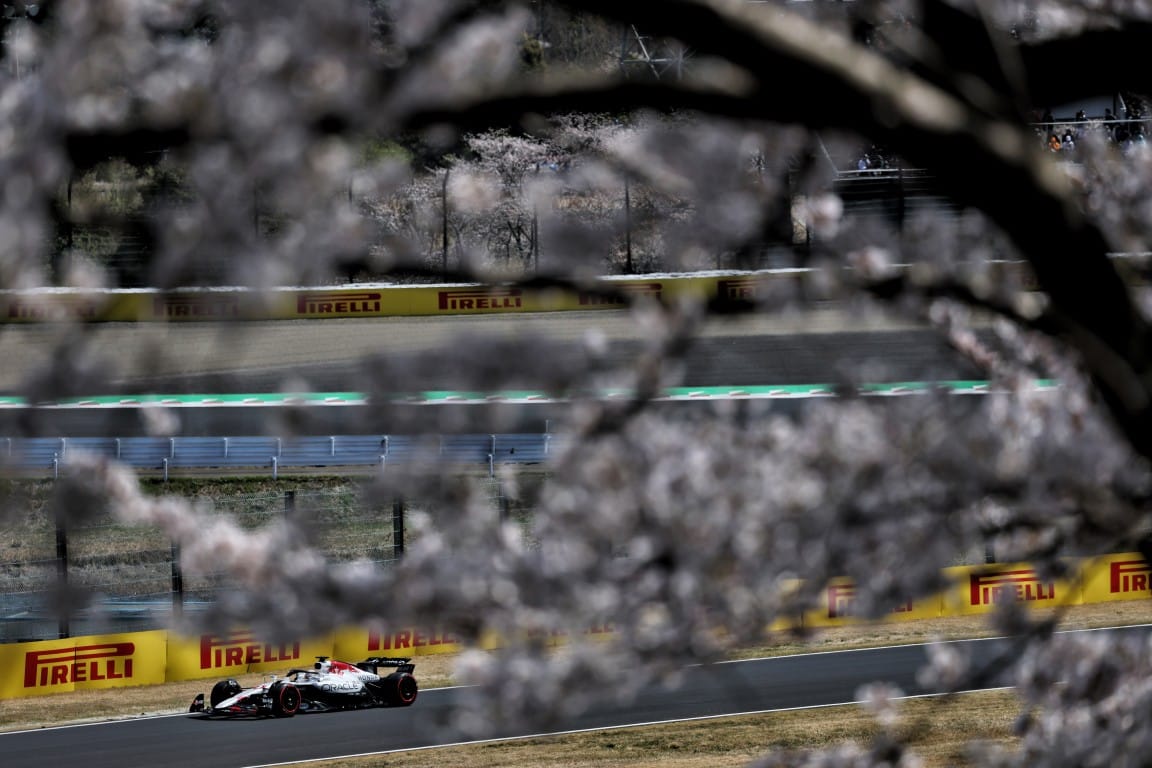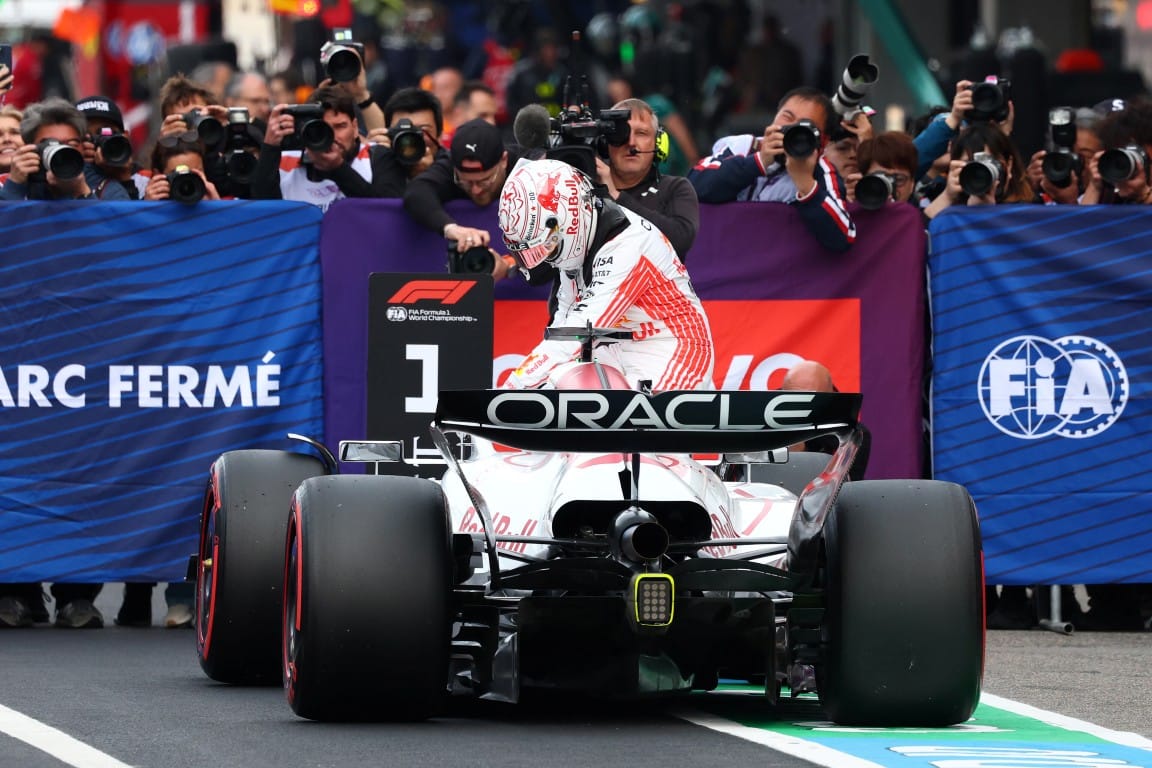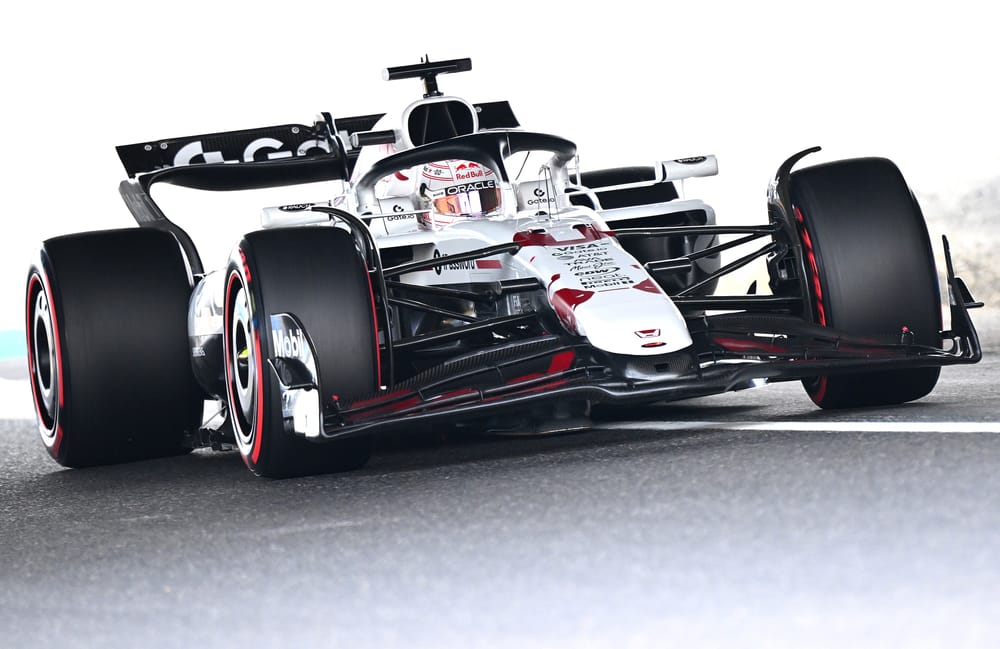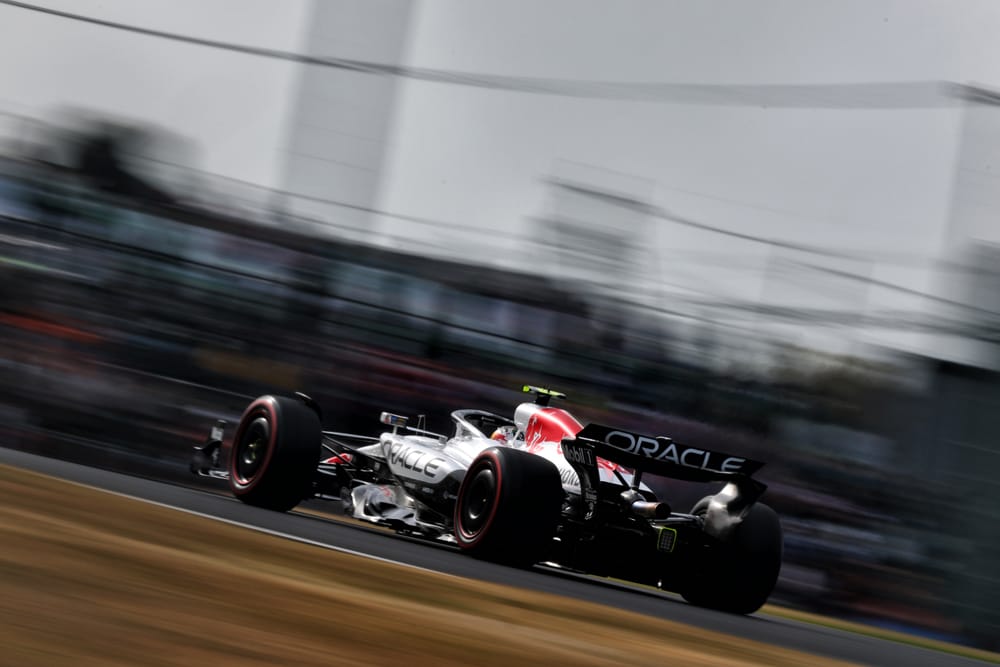Max Verstappen isn’t sure if his latest pole position ranks as the best of his 41 in Formula 1, justifiably pointing out that “I’ve had some really nice ones in other places”. But it was a revealing showcase of the skillset that makes him an all-time great in a car he made emphatically clear wasn’t to his liking.
On both of his Q3 laps, Verstappen's pace through the first sector – notably the ‘snake’ that runs from Turn 3-7, a sequence of constant compromise where vast amounts of time can be gained or lost - was strong. On his pole lap, at the Turn 6 right-hander, the magic is laid bare.
There’s a dash of instability on turn-in, which he corrects so quickly that it’s barely noticeable. That means he gets the nose in and has the car settled enough to feed in the power without a moment’s hesitation.

As team principal Christian Horner said before the session, “we’ve got an imbalance in the car that is not allowing them [the drivers] to commit to corner entries”, but while Verstappen isn’t able to do so to the extent he desires, he is still able to do turn-in carrying prodigious speed in this section knowing his exquisite feel would allow him to calculate the extent of the moment and his razor-sharp reactions - to apply the correction.
It’s these skills that gave him the confidence, knowing that even on an unforgiving where the risk of a big accident is ever-present, to attack.
Turn 8 is Degner 1, a ‘cliff-edge’ of a corner where a small error can put you off. There's the brief tough of opposite lock in the exit phase before he pitches it into Degner 2, producing the controlled rotation needed to carry the speed through and off the corner.
There’s then easy-to-miss example of precision in the hairpin where, on a wide line, he delays the throttle just enough to ensure a good launch to the exit. At Spoon Curve, he deals with the hints of understeer beautifully and carries the speed, again at a corner where it’s so easy to end up flying off the track.
At the end of the lap, the traction-sensitivity comes to the fore as he ensures a good exit from the chicane.

This is a lap of calculation and recalcuation, both proactive and reactive, of real-time feedback fed into his supercomputer of a brain with subconscious processing - instinct if you prefer - working overtime to string it all together.
An unstable car can be a fast one provided you can deal with it, because that instability can be used to create rotation, responsiveness – as long as you can control it. And most can’t do so, or at least not consistently.
At what stands as the greatest ‘driver’ track on today’s F1 calendar, Verstappen took a car not to his liking and manipulated it beautifully to take a pole position no one saw coming. But this is Max Verstappen, and for him a lap of the gods is all in a day’s work.




